Publications
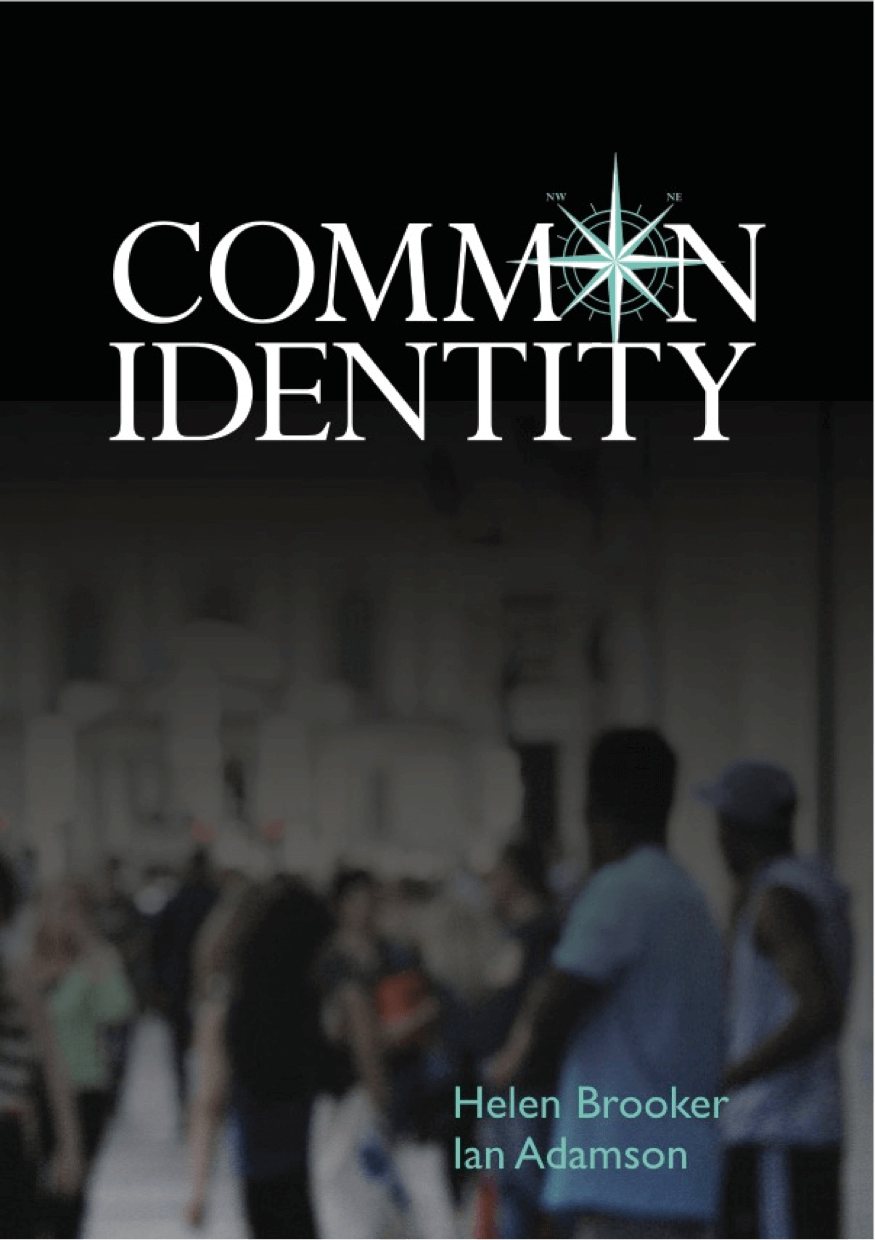
Common Identity
Pretani Associates
Building stability for societies by explaining, promoting and remembering Common Identity.
Pretani Press titles by Dr Ian Adamson OBE now published or distributed by Colourpoint Books Ltd
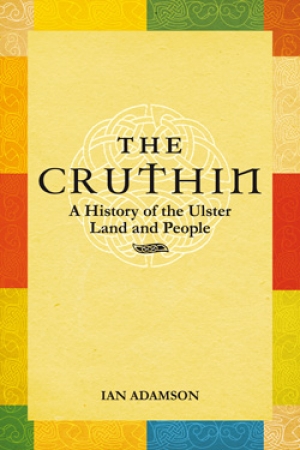
The Cruthin
The Cruthin were the earliest inhabitants of both Britain and Ireland to whom a definite name can be given. This book examines their contentious history, from distant origins to their influence on the present day. Their story is a timely reminder of an often ignored common identity.
With much original research, this is a compelling and impartial exploration of an ancient people. The fact that so little is known about them is an important and tragic consequence of Irish history itself.
On its 40th anniversary, Ian Adamson's influential book continues to provoke debate. This updated edition shows that the Cruthin controversy remains as relevant and challenging as it ever was.
Buy Now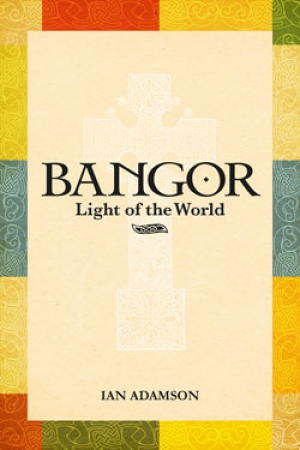
Bangor Light of the World
Bangor, once the site of one of the largest Christian schools in Ireland, was the jumping off point for the famous missionary journeys of Columbanus and Gall. The Bangor Antiphonary, which is now in the Ambrosian Library in Milan, was the flowering of a style and depth of worship with unique appeal. In his 'Light of the World' Ian Adamson has combined literary skill and scholarship to describe how one of the main strands of European civilisation developed out of the Judeo-Christian tradition of the Middle-East and to bring out the full scope of how Bangor became the focus for religious life of great depth and power in the early medieval period of Europe.
“St Columbanus is, of course, the much loved patron saint of bikers around the world; an accolade that reflects his love of travel and great spirit of adventure and discovery. He was a man who looked past the perceived barriers and inevitabilities by which we so often live our lives in order to discover what was beyond those horizons, what was possible, what could be better. In many ways he was a man ahead of his time; a visionary who spoke and dreamt of a united Europe in which we could live and work together in peace. Many centuries after his death he continues to be an inspiring figure who we, in Ireland, are very proud to claim as one of our own.” - Michael D. Higgins, President of Ireland.
Buy Now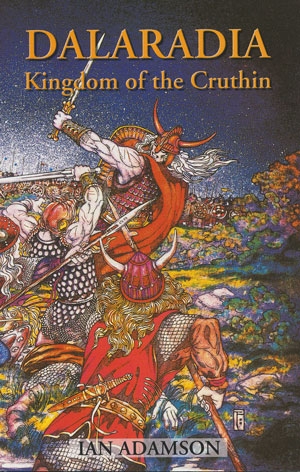
Dalaradia
Among the oldest named population groups of Ireland were the Cruthin, a pre-Celtic speaking people dominant in large parts of ancient Ulster. Their most powerful dynasty were the Dal naAraidi, whose territory became known as Dalaradia, and whose impact upon Ulster's history and culture is detailed in this book.
Buy Now
A Journey to the Immortal Isles
A Journey to the Immortal Isles, Immram Brain maic Febail – the Voyage of Bran, Son of Febal – possibly written in the eighth century and not later than the ninth, tells the story of Bran’s adventure to the Otherworld. It is a beautiful half- pagan and half-Christian tale, which still has resonance today in the works of such authors as J.R.R. Tolkien and C.S. Lewis. Dr Adamson, already known for his books The Cruthin, Bangor, Light of the World and Dalaradia, Kingdom of the Cruthin, traces the origins of the tale to the Pretanic, Brittonic and finally Gaelic traditions of Bangor, County Down and demonstrates its universal theme in the search for Paradise.
Buy Now
William and The Boyne
The Battle of the Boyne in 1690 is one of those events in Irish history which has retained such an emotive potency it still impacts upon the history of today. Yet for all the importance accorded the battle, popular knowledge of the period and the personalities involved remains remarkably superficial, and slogans and stereotypes have substituted for real understanding.
This book attempts to remove much of the obscurity by exploring the Battle of the Boyne and its main protagonists in a broader context, especially its european dimension.
Buy Now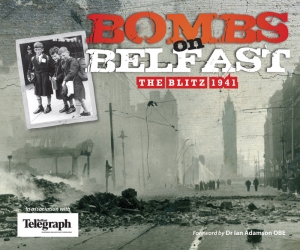
Bombs on Belfast
Ian Adamson, Belfast Telegraph
Few events in the history of Belfast have had such a profound effect upon the memories of its citizens as the blitzing of the city in April and May, 1941. That the city would be a target for the Luftwaffe appears now to have been inevitable, considering the strategic importance of a city with such a long established manufacturing industry. However, at the time the general consensus was that Belfast was out of range of the German planes. This left Belfast, as one commentator put it, ‘the most unprotected major city in the United Kingdom’.
There was a heavy toll to pay in human life and material damage. The Civil Defence Services made heroic efforts but were overwhelmed, under-manned and ill-equipped. During the four raids on Belfast almost 1,000 people perished and 2,500 were injured. The material damage saw large parts of North and East Belfast, as well as the city centre, reduced to rubble.
The images in this new edition of Bombs on Belfast are those taken by the photographers of the Belfast Telegraph, providing a vivid record and an invaluable archive of the destruction caused to the city and the response of its people.
Buy NowOther Pretani Press titles by Dr Ian Adamson OBE available on the internet are -

Identity of Ulster
This is a book about the native traditions of one of the most ancient peoples of Europe and examines the influences over the past three hundred years which have made of them a hidden and forgotten heritage. It presents a view of Irish history which, although not the established view of warring and essentially negative nationalisms, is yet an older and more deeply rooted one.
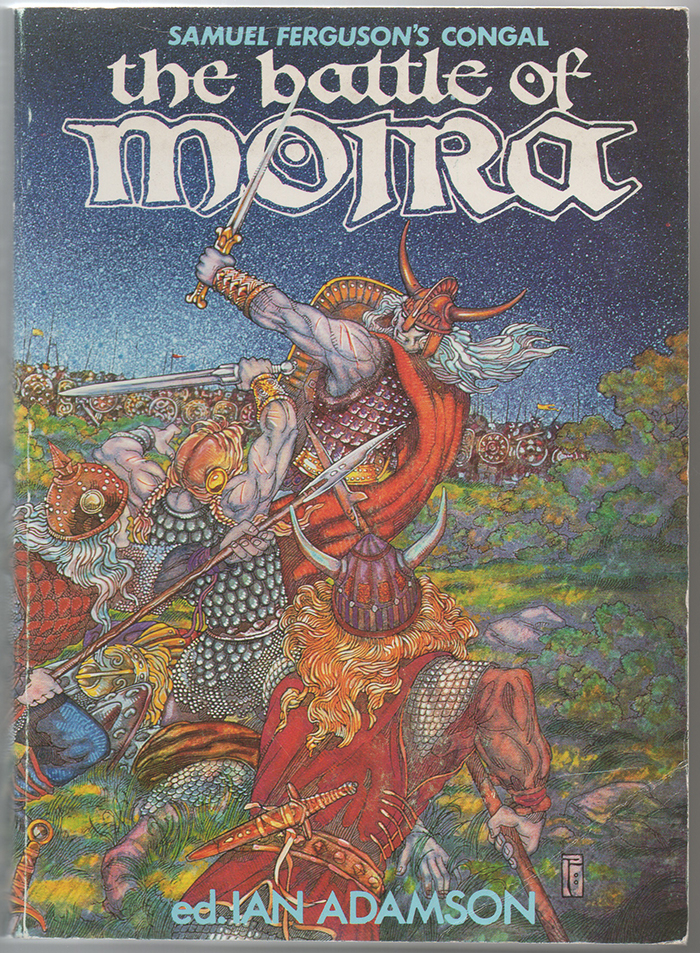
The Battle of Moira
The battlefield of Moira lies south-east of Lough Neagh, not far from the modern town of the same name and is passed by the modern railway from Belfast to Portadown and Dublin, Here on Tuesday 24th of June AD 637 occurred according to the famous Ulster poet Samuel Ferguson, “the greatest battle ever fought within the bounds of Ireland.”Ferguson’s epic poem of the battle has been described as “unquestionably one of the finest products of Irish genius.” He called it “Congal” from the chief actor in it, though the Battle itself is the principal incident both in the poem and in the bardic original “Cath Muighe Rath”. Although super-natural beings were held to have mingled in the strife, and some of the characters in the Epic are mythical, most notably Sweeney, the “Wild Man of the Woods”, yet, in the main the incidents it records are historically true.
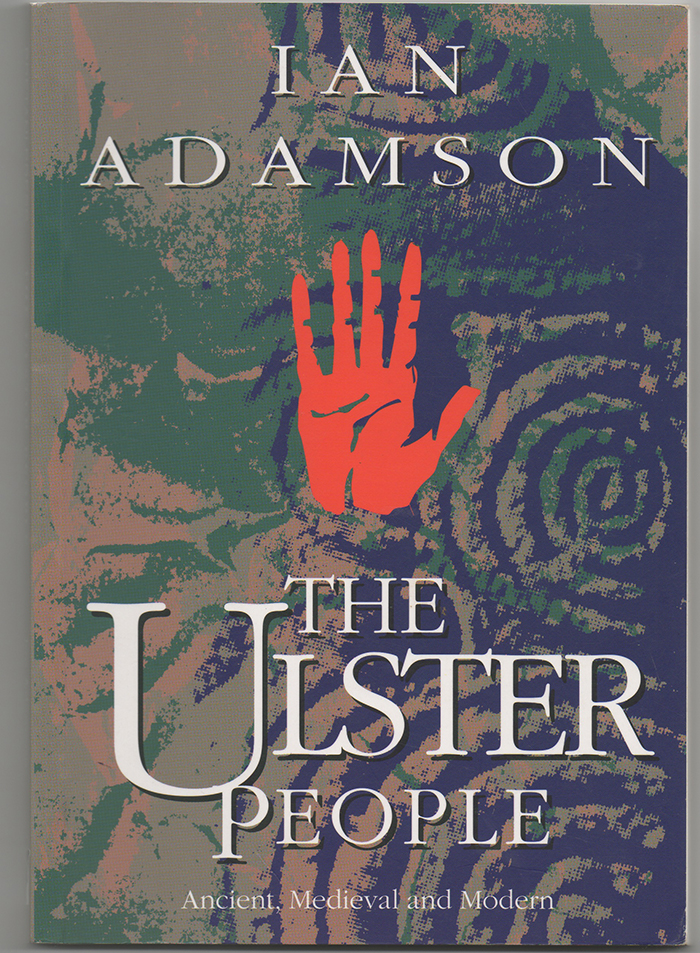
The Ulster People
This book by Ian Adamson is a fascinating survey of the unique historical and cultural heritage shared by all the people of Ulster. The publication of Adamson’s first book, The Cruthin – in which he outlined his theme of a shared heritage – ironically coincided with the onset of the worst phase yet of Ulster’s communal tragedy. Undaunted, Adamson continued, in books such as The Identity of Ulster and Bangor, Light of the World, to reiterate his belief in the common identity of the Ulster people – a belief which seemed quite at odds with the intensifying violence, and one which was certainly not being expounded by most of the academic establishment, who had remained strangely silent in the midst of a communal bloodletting which had its roots in a clash over ‘identities’ and differing interpretations of history.
Other Pretani Press titles now published or distributed by Colourpoint Books Ltd
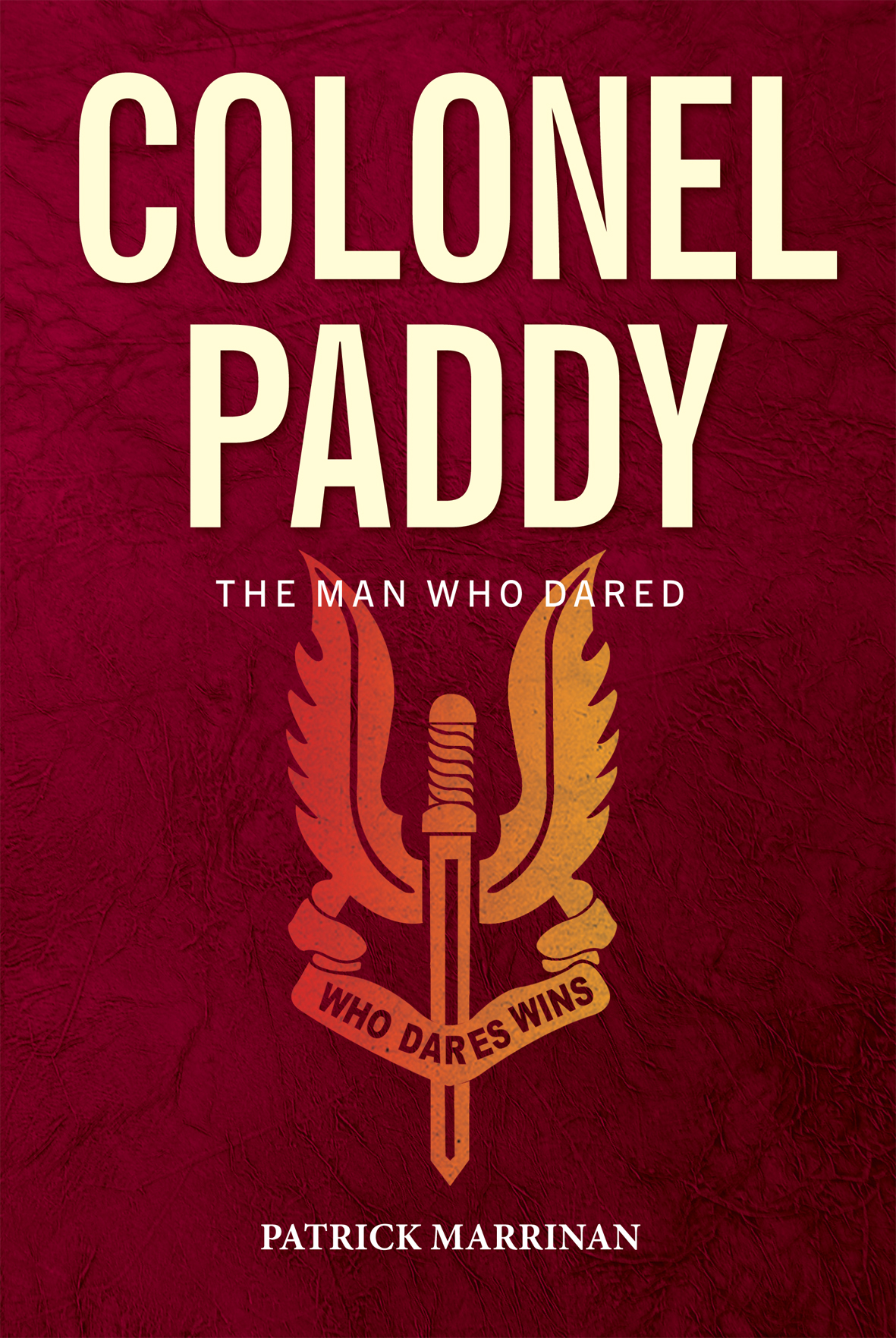
Colonel Paddy - The Man Who Dared
By Patrick Marrinan
The classic story of Robert Blair Mayne, late commanding officer of the first Special Air Service Regiment, and legend in his own lifetime.
This, the original biography of Lieutenant Colonel Robert Blair Mayne, DSO (3 Bars), Légion d’Honneur, Croix De Guerre and ‘Colonel Paddy’ to his contemporaries, is a lively account of his life and wartime exploits with the SAS.
As an Air-Commando, he became the scourge of the Nazis across North Africa, Italy, France, the Netherlands and Germany, while leading the most daredevil and dangerous regiment in the British Army. Such was his reputation that Hitler ordered that he was to be shot on sight.
The personification of Irish courage and a man who commanded remarkable loyalty from his men, ‘Colonel Paddy’ remains one of the most decorated soldiers in the history of the British Army.
The original biography by Patrick Marrinan now back in print.
Buy Now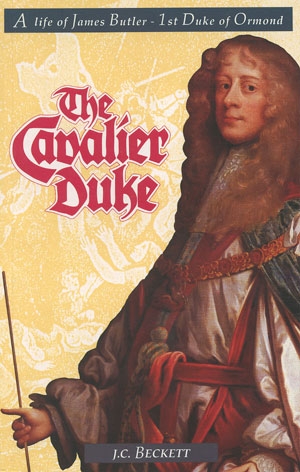
The Cavalier Duke by J C Beckett
By J C Beckett
James Butler, 1st Duke of Ormond, was a prominent member of an ancient, and illustrious British family, to whose annals, he contributed some of their brightest pages.
Greatest of all the Cavaliers he earned the distinction of being specially exempted in Cromwell's Act for the Settlement of Ireland, from pardon of life or estate.
An ardent supporter of the ill-fated House of Stuart, he lived an honourable life, earning the respect of all parties and creeds.
This history of his life by one of the finest exponents of Modern Irish History, shows Ormond as a model of behaviour in word and deed, for the Irishman of yesterday, today and tomorrow.
Buy Now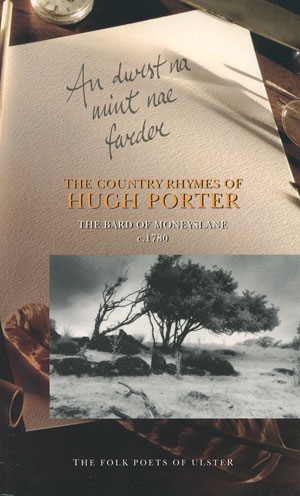
The Country Rhymes of Hugh Porter
By Hugh Porter
Hugh Porter was born around 1780 in the townland of Moneyslane, near Rathfriland. A weaver by trade, he had been encouraged to write by a local rector, the Rev Thomas Tighe.
It was through Tighe that Porter mingled with the glittering literary circle of the time, meeting men such as Thomas Percy, Bishop of Dromore, Henry Boyd, translator of Dante, and Patrick Bronte, father of the famous Bronte sisters.
Such encounters undoubtedly stimulated Porter's own literary aspirations. His verses - a collection of which was first published in Belfast in 1813 - are a vivid description of the life of a poor weaver, as well as being an evocative reminder of an era long since past.
Buy Now
The Country Rhymes of James Orr
By James Orr
James Orr was regarded as the best exponent of country verse in the Ulster-Scot (Lallans) dialect. Born in 1770 in a thatched cottage near Ballycarry, County Antrim, he was taught to read, write and weave by his father. During his lifetime he penned some 150 poems, his reputation as the bard of the common people becoming firmly established.
This volume contains some 50 examples of his work, selected on the basis of their dialect and local interest. They include some of the finest pieces of literature in the Ulster-Scots language, confirming Orr's reputation as 'the Burns of Ulster'.
Buy Now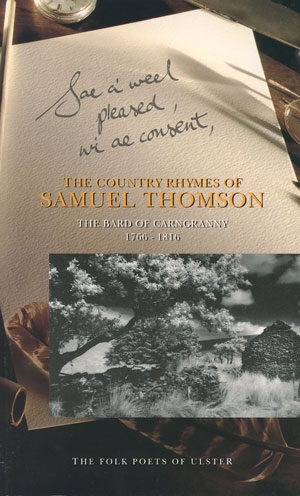
The Country Rhymes of Samuel Thomson
By Samuel Thomson
Samuel Thomson, unlike contemporary folk poets who were weavers by trade, was a schoolmaster by profession. Although he lived as somewhat of a recluse in his thatched cottage on Lyles Hill, Thomson had a wide circle of correspondents, including James Orr of Ballycarry, one of the most celebrated of the weaver poets, the Rev James Porter of Greyabbey, hanged in 1798 on suspicion of being a United Irishman, and Lord Templeton. He also exchanged poems with Burns and visited him in Ayrshire. His work fist saw publication in 1793. The selection, written in the Ulster dialect of Lallans, not only reflects Thomson's wit and humour, but provides an invaluable insight into the daily life of his time.
Buy Now
